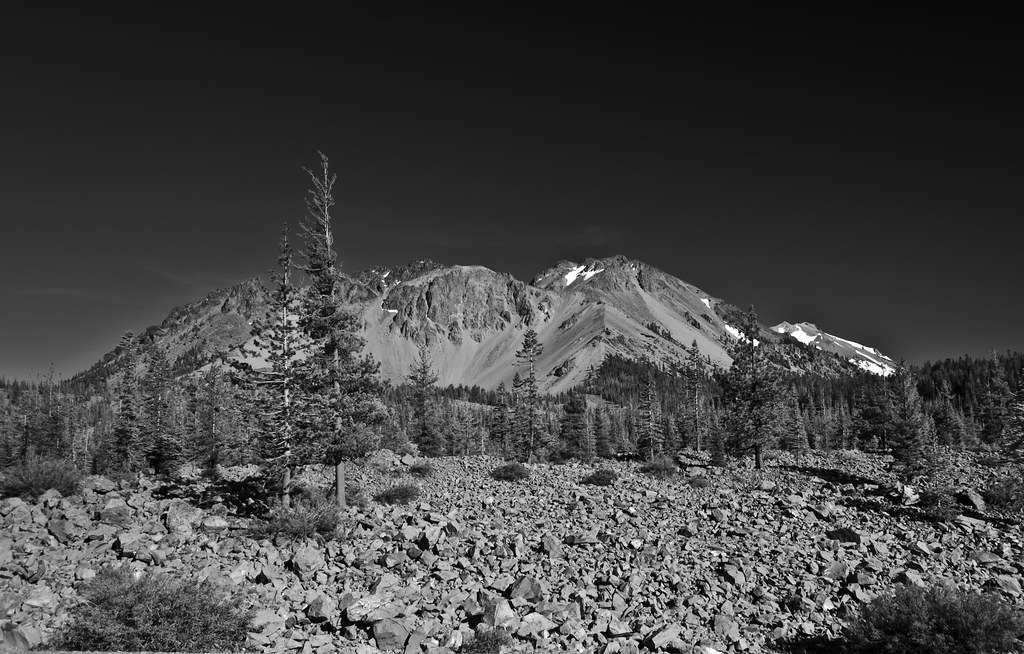^
More ISO and faster shutters speeds will help a bunch and a micro adjustment to your A/F drive if needed can help too
More ISO and faster shutters speeds will help a bunch and a micro adjustment to your A/F drive if needed can help too
 20171225-IMG_1169 by Wschnitz, on Flickr
20171225-IMG_1169 by Wschnitz, on Flickr 20171225-IMG_1208 by Wschnitz, on Flickr
20171225-IMG_1208 by Wschnitz, on Flickr 20171224-IMG_1084 by Wschnitz, on Flickr
20171224-IMG_1084 by Wschnitz, on Flickr




 willschnitz
willschnitz
 PC101225 by mrsleeve, on Flickr
PC101225 by mrsleeve, on Flickr PC011195 by mrsleeve, on Flickr
PC011195 by mrsleeve, on Flickr P3090198 by mrsleeve, on Flickr
P3090198 by mrsleeve, on Flickr P7160193 by mrsleeve, on Flickr
P7160193 by mrsleeve, on Flickr _MG_2857 by mrsleeve, on Flickr
_MG_2857 by mrsleeve, on Flickr

 willschnitz
willschnitz



























Comment